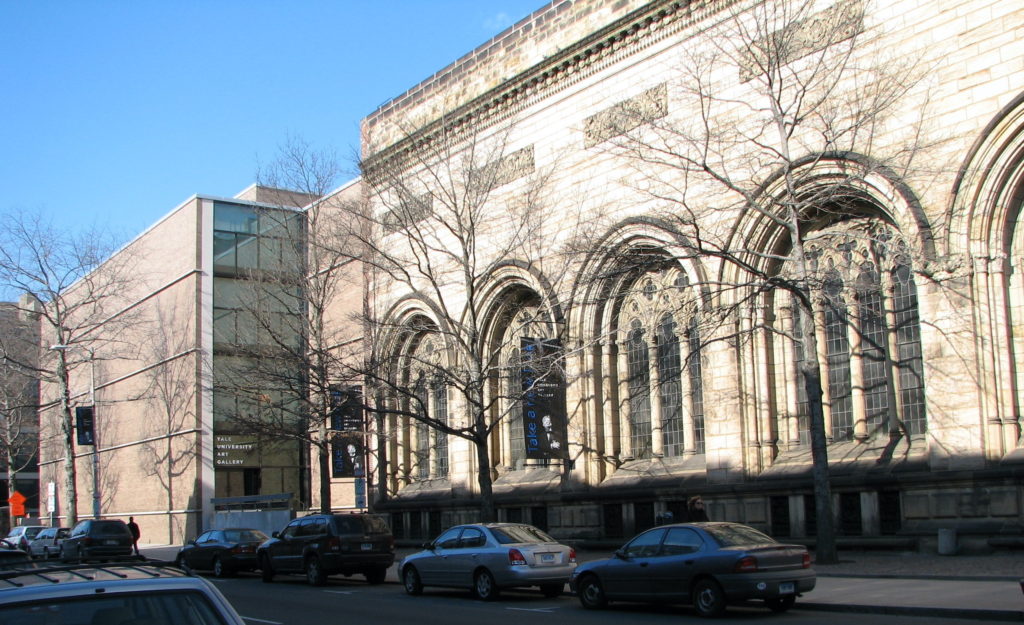By Alexandra M. Thomas
This piece is the second in our series on pedagogy, focused on themes of inclusivity and equity. The introduction to the series can be read here and other pieces in the series will be linked in the introduction as we publish them.

One of my greatest mentors, the Black Muslim feminist and queer of color theorist Aliyyah Abdur-Rahman, once referred to the promise of coalitional politics and communal sociality as being akin to Toni Morrison’s description of Baby Suggs preaching outdoors in Toni Morrison’s Beloved and Black lesbian teacher Ms. Rain’s multicultural classroom in Push by Sapphire. I hope for an anarchist learning experience, in which the passions and thought-experiments of my students overpower the presumed hierarchies of ‘teacher’ and ‘student’ as subject-positions. When possible, I guide my students toward this collaborative, anti-hierarchical vision.
I am rebellious in, with, and against the museum world. Sometimes this manifests when I stand too close to the art, and other times it is evident when I am taking a larger group of children into the museum than I should. I tell children that their lives are worth more than the art. I belittle the rules of the museum: “we have to do this but it sucks, right?” I have a political objective aligned with principles of Black feminist thought, which is to say I encourage my students to use visual and expressive culture as a mode through which to envision a new world free from racism, sexism, queerphobia, and all other antagonistic systems. The students I teach in the museum are not expected to consider Monet’s lilies or ancient Greek sculpture beautiful. If all we discuss while looking at a Jackson Pollock drip painting is what shapes, colors, and feelings we see, I am more than satisfied.
Continue reading “On Rebellious Teaching: Lessons from a Black Feminist Gallery Teacher”